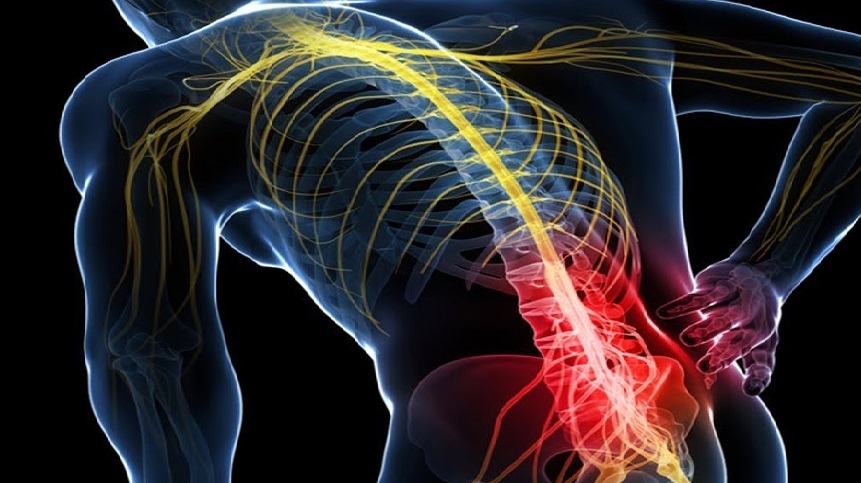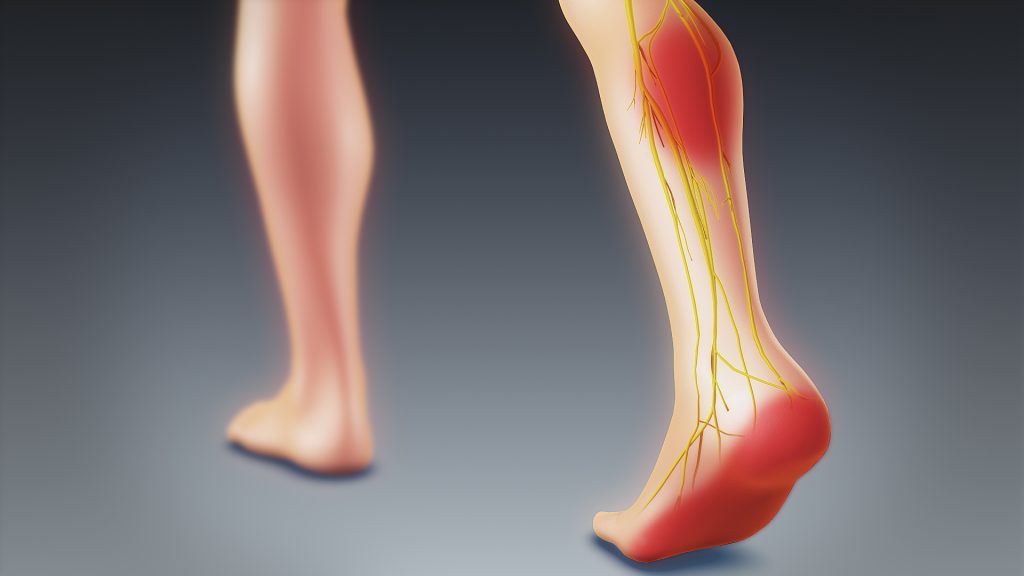
Sciatica, characterized by pain radiating along the sciatic nerve, poses a significant challenge for individuals seeking effective and long-lasting relief. In the ever-evolving landscape of healthcare in Hong Kong, this guide delves into the realm of emerging biologic sciatica treatment hk, offering a glimpse into the innovative treatments on the horizon for sciatica sufferers.
- Understanding Sciatica:
Sciatic Nerve Compression:
Sciatica is often a result of compression or irritation of the sciatic nerve, leading to pain, numbness, and tingling sensations along the lower back, buttocks, and legs.
Challenges of Conventional Treatments:
While conventional treatments such as pain medications, physical therapy, and surgery are effective for some, others may experience limited relief or encounter side effects.
- Emerging Biologic Therapies:
Platelet-Rich Plasma (PRP) Therapy:
PRP therapy involves injecting a concentration of platelets derived from the patient’s own blood into the affected area. This regenerative approach aims to promote healing and reduce inflammation around the sciatic nerve.
Stem Cell Therapy:
Stem cell therapy utilizes the regenerative potential of mesenchymal stem cells, often extracted from the patient’s bone marrow or adipose tissue. These cells have the capacity to differentiate into various cell types, potentially aiding in the repair of damaged tissues causing sciatic nerve compression.
Anti-Inflammatory Biologics:
Biologic medications targeting specific inflammatory pathways may offer relief for sciatica by addressing the underlying inflammatory processes contributing to nerve compression. These medications are often administered through injections.
- Clinical Applications in Hong Kong:
Specialized Pain Management Clinics:
Hong Kong is witnessing the establishment of specialized pain management clinics equipped with advanced diagnostic tools and expertise in administering biologic therapies for sciatica.
Inclusion in Comprehensive Treatment Plans:
Biologic therapies are increasingly becoming integral components of comprehensive treatment plans, tailored to individual patient profiles and the severity of sciatic nerve compression.

- Considerations for Patients:
Individualized Treatment Plans:
Biologic therapies are typically incorporated into individualized treatment plans, considering factors such as the patient’s overall health, the severity of sciatica, and previous treatment responses.
Potential for Minimally Invasive Procedures:
Some biologic therapies for sciatica are administered through minimally invasive procedures, reducing the need for extensive surgical interventions and promoting quicker recovery times.
- Research and Development:
Ongoing Clinical Trials:
– The healthcare landscape in Hong Kong is actively involved in contributing to the global understanding of biologic therapies for sciatica through participation in ongoing clinical trials, ensuring that patients have access to cutting-edge treatments.
- Patient Outcomes and Success Stories:
Real-World Impacts:
Patient testimonials and success stories provide valuable insights into the real-world impacts of biologic therapies for sciatica, showcasing the potential for significant improvement in pain management and quality of life.
Conclusion:
As Hong Kong embraces advancements in healthcare, the emergence of biologic sciatica treatment hkbrings hope to individuals seeking innovative and effective treatments. These therapies, with their regenerative and anti-inflammatory properties, represent a promising avenue for enhancing the quality of life for those grappling with the challenges of sciatic nerve compression. As research and clinical applications continue to evolve, the integration of biologic therapies into sciatica care in Hong Kong heralds a new era in pain management and patient-centric healthcare.





